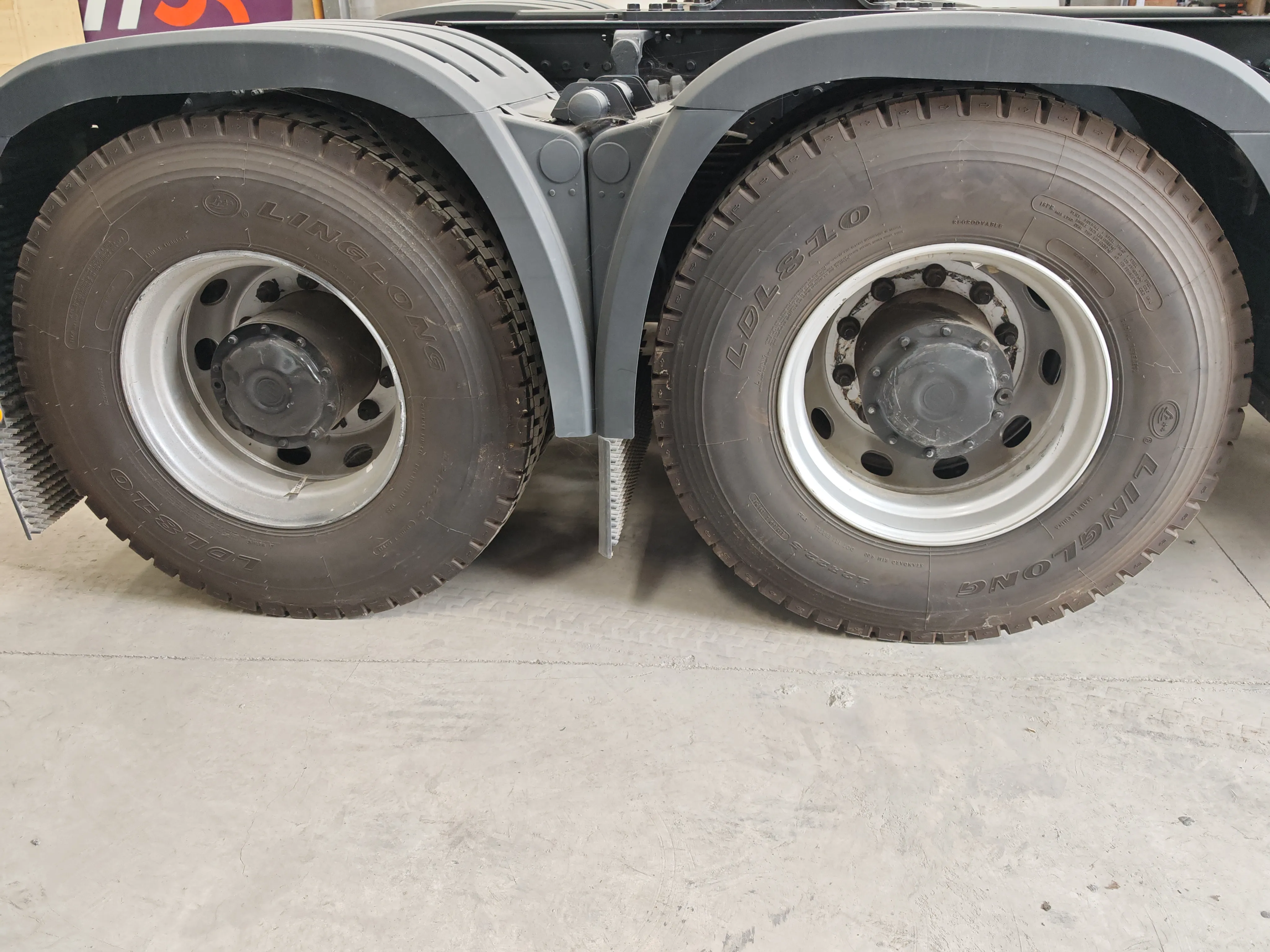Understanding the Benefits of CVT Automatic Transmission in Modern Vehicles
Understanding CVT Automatic Transmission A Comprehensive Overview
Continuous Variable Transmission (CVT) is revolutionizing the world of automatic transmissions. Unlike traditional automatic transmissions that use a fixed set of gears, CVT allows for an infinite number of gear ratios, providing seamless acceleration and improved fuel efficiency. This article delves into the mechanics, benefits, and challenges associated with CVT automatic transmission, shedding light on why it's becoming increasingly popular among car manufacturers and consumers alike.
What is CVT?
At its core, a CVT consists of two main pulleys connected by a belt or chain. One of the pulleys is connected to the engine, while the other is linked to the wheels. The position of the belt on the pulleys can change, allowing for a range of gear ratios. This design allows the transmission to adjust seamlessly to changing driving conditions without the distinct shift points found in traditional automatics. As a result, drivers often experience smoother acceleration and a more refined driving experience.
Benefits of CVT
1. Fuel Efficiency One of the most significant advantages of CVT is its ability to optimize engine power and efficiency. By maintaining the engine at its most efficient RPM (revolutions per minute), CVTs can help reduce fuel consumption. Many vehicles equipped with CVT report improved gas mileage, making them an attractive option for environmentally-conscious consumers.
2. Smooth Acceleration Traditional automatic transmissions often experience noticeable shifts when changing gears, which can disrupt smooth acceleration. CVTs eliminate these shifts, which results in a more connected driving experience. This smooth response makes CVTs especially appealing for city driving and stop-and-go traffic.
3. Lightweight Design Generally, CVTs are lighter than conventional automatic transmissions, which can contribute to the overall weight reduction of the vehicle. A lighter vehicle often translates to better fuel economy and improved handling.
4. Enhanced Engine Power Management CVTs are adept at managing the engine's power output, ensuring that the vehicle operates efficiently across a wide range of speeds and conditions. This capability enhances the driver's control and responsiveness, particularly in situations requiring rapid acceleration.
cvt automatic transmission

Challenges and Drawbacks
While CVTs offer numerous advantages, they are not without their challenges. One common criticism is the rubber band feel that some drivers experience. This sensation arises from the transmission's smooth acceleration, which can feel disconnected from the engine’s performance. For drivers accustomed to the tactile feedback of traditional gear shifts, this can be a significant shift in driving experience.
Additionally, maintenance and repair can be more complex and costly for CVTs. Due to their unique design, specialized knowledge and tools are often required for servicing, which can lead to higher repair bills when compared to conventional transmissions. This factor is something potential buyers should consider when evaluating CVT-equipped vehicles.
The Future of CVT
As automotive technology continues to evolve, CVT is likely to remain a key player in the landscape of automatic transmissions. With increasing regulatory pressure to improve fuel efficiency and decrease emissions, the advantages of CVT align well with global automotive trends. As hybrid and electric vehicles become more mainstream, the attributes of CVTs, such as their efficiency and ability to seamlessly manage power, position them as an excellent choice for these types of vehicles.
Moreover, manufacturers are continuously working on improving CVT technology to mitigate its drawbacks. Innovations are being developed to enhance the driving feel and reliability of CVTs, which could further bolster their popularity in the coming years.
Conclusion
In summary, Continuous Variable Transmission (CVT) represents a significant advancement in automatic transmission technology. With benefits such as improved fuel efficiency, smooth acceleration, and lightweight design, CVTs are establishing themselves as a viable alternative to traditional automatic and manual transmissions. While challenges exist, ongoing advancements suggest a bright future for CVTs in the automotive industry. As consumers become more informed about their options, the role of CVT in everyday driving is poised to grow, making it an exciting area to watch in the coming years.
-
SINOTRUK HOWO 84 Electric Dump Truck for Eco-Friendly Heavy HaulingNewsJul.26,2025
-
The Fast 16-Gear Manual Transmission Assembly for Heavy TrucksNewsJul.25,2025
-
Mercedes Benz Actros 1848 42 Tractor Truck for Sale - Reliable PerformanceNewsJul.24,2025
-
High-Quality Water Pump Assembly for Sinotruk Trucks – Durable & ReliableNewsJul.23,2025
-
Premium Truck Engine Antifreeze Coolant Fluid for Heavy Duty VehiclesNewsJul.22,2025
-
FOTON View G7 Mini Bus: Affordable & Spacious TransportNewsJul.22,2025
Popular products

























